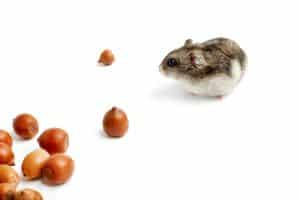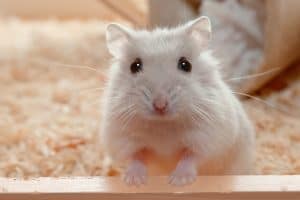If you are a new owner of a hamster you may be setting up your first hamster cage. Are you wondering what to put inside? Laying down bedding is a great place to begin. Bedding or substrate is the foundation of your hamster's home. Bedding comes in many styles, but which will be best for your furry friend? How much should you use? We have done the research and have found these answers and more. This article will provide you with all you need to know to create a comfy home for your hamster.
After you have picked out your bedding, your hamster will require a specific amount for comfort and burrowing ability. The recommended depth of bedding is 4 inches. To fill your cage with bedding in that depth, you will need about 11 liters of material.
Bedding is a top priority supply in hamster care and is vital for your hamster's health and happiness. Continue reading as we break down the types of bedding you can use and the safety concerns relating to the substrate.
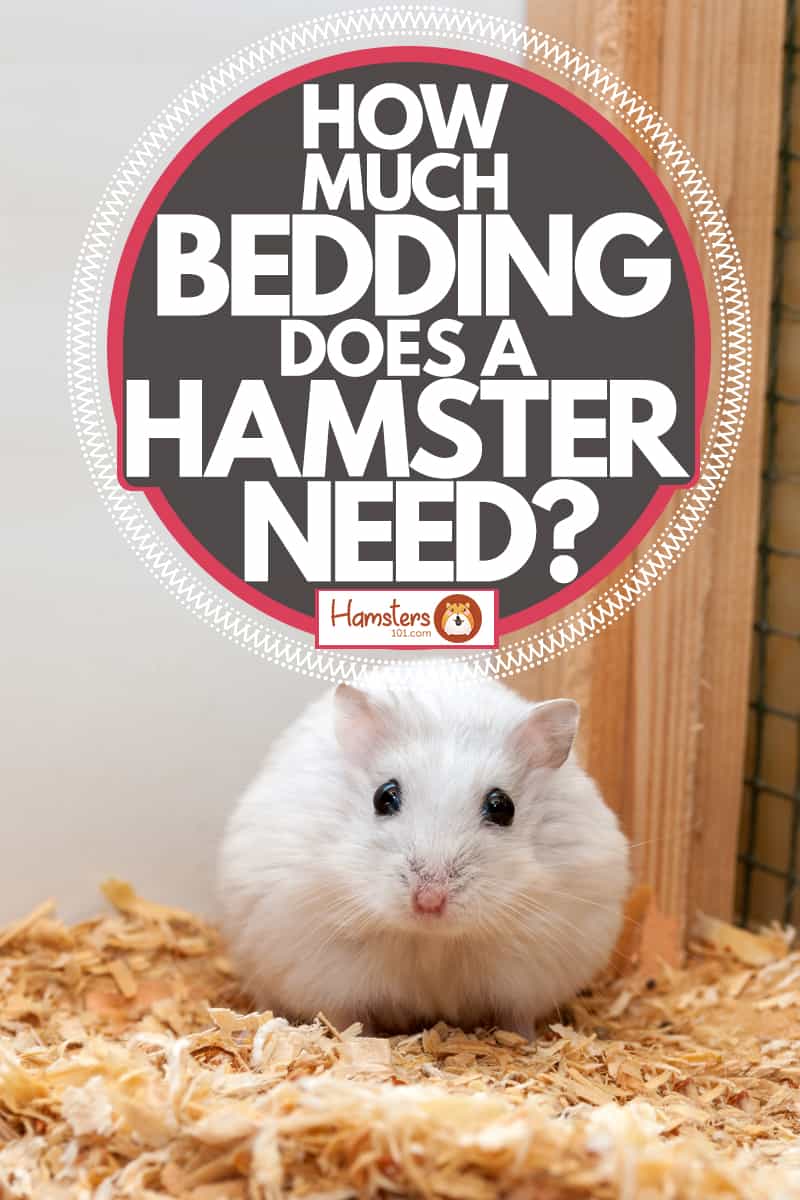
How Much Bedding Your Hamster Needs
As we mentioned, your hamster will need around 11 liters worth of bedding in his cage. This should fill the cage up to 4 inches. The exact height of the bedding can slightly vary, as you'll become familiar with the amount of bedding that your hamster enjoys. You'll want your hamster to have enough bedding to burrow, tunnel, and dig.
Do Hamsters Need Bedding?
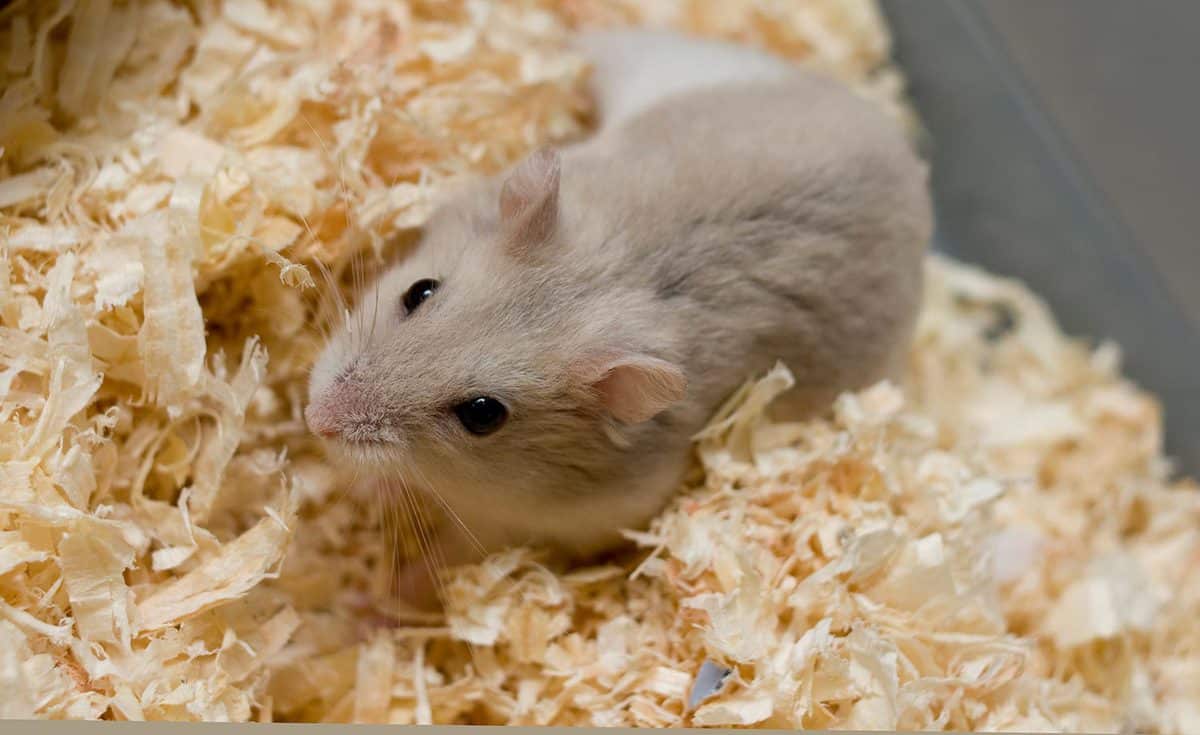
Your hamster absolutely needs bedding. This material is essential for your hamster's health and happiness. This material provides comfort in many forms and facilitates your pet's natural instincts to create tunnels, dig, and burrow. Burrowing can be a hamster's way of cooling down. It is important that you have bedding to aid your pet with temperature regulation.
The right amount and type of bedding are crucial to your hamster's well-being. Allow your hamster a safe, comfortable, and secure home, starting with the foundation.
Is It Possible To Have Too Much Bedding In Your Cage?
When it comes to bedding material, more is always better than less. Depending on the size of your cage, you could have areas with bedding having a depth of 15 inches. This allows more space for your hamster to create tunnels and burrow, increasing their exercise time.
When adding bedding to your pet's home, you can use more than one material. Using different styles of bedding together can be the key to creating a cozy environment for your hamster.
Can Hamsters Suffocate In Bedding?
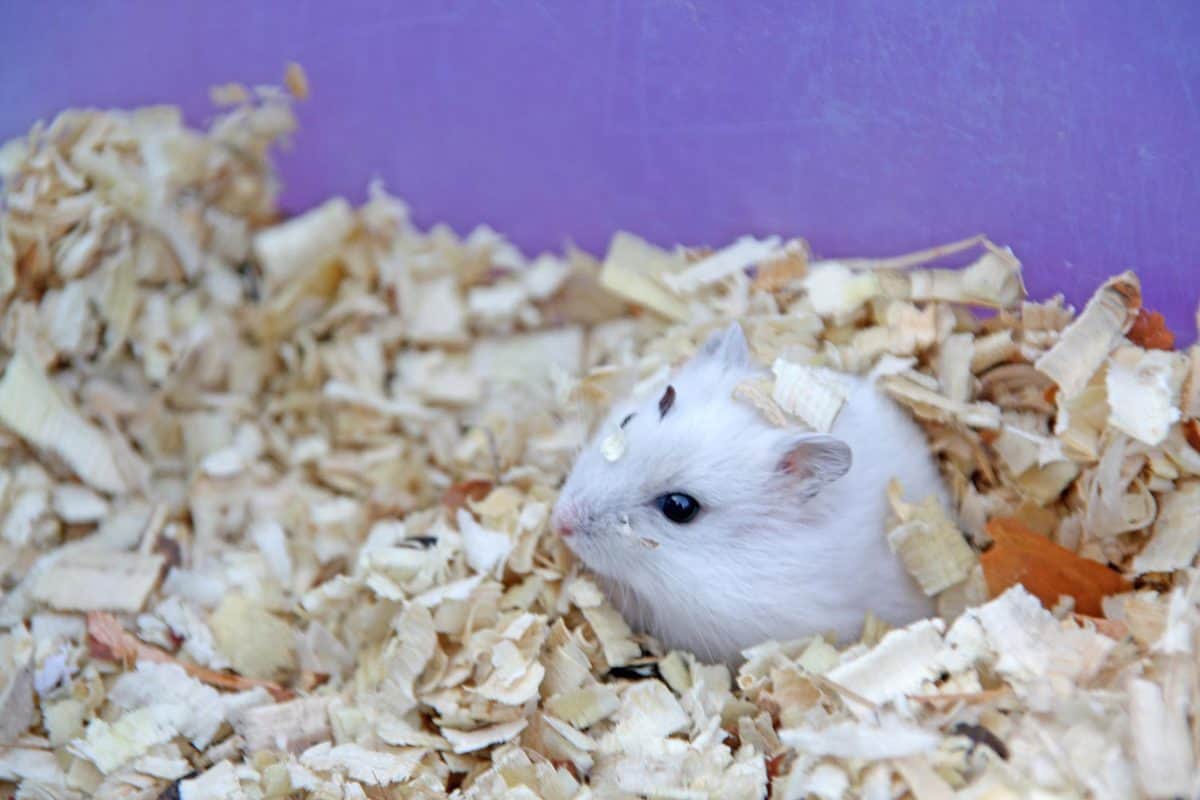
Your hamster will not suffocate in their bedding. It is a natural instinct for hamsters to burrow. They can be completely covered when they do this, but no need for concern. As long as your bedding is cleaned or changed regularly and does not contain any harmful chemicals, or ink, it will not cause harm to your hamster.
Even a cage with a depth of bedding more than 4 inches, it is safe for your hamster to be buried beneath or to create tunnels within the material.
Is It Okay For A Hamster To Eat Their Bedding?
It is normal for your hamster to chew on and eat some bedding. Your hamster will often use their mouth to move around materials. In small amounts, eating the bedding is harmless as long as you have a hamster-safe substrate.
Hamsters will eat bedding more often if they are not properly stimulated in their enclosure. If you are concerned that your hamster is eating too much bedding, you can supply additional treats or toys for them to munch on.
You can find hamster chews here on Amazon.
Can You Make Your Own Hamster Bedding?
You will be using a lot of bedding to keep your cage clean and cozy. A cheap alternative to pet store bedding is making your own. You can use a variety of materials to make your own bedding. These materials include:
- Paper
- Shipping boxes
- Paper towel rolls
- Egg cartons
The process requires only a few steps like shredding, wetting, and drying. Making your own bedding is fun, takes little time, and utilizes recycled materials.
The short video below will show you how to make bedding out of scrap paper and tissue:
If you are taking this more environmentally-friendly route with your bedding, ensure there is no ink on the recycled items you are using. Ink ingestion is the only risk to your pet when it comes to homemade bedding.
Is Shredded Newspaper Okay For Hamster Bedding?
Shredded newspaper has printing ink containing many chemicals. Ingesting high levels of these chemicals can make your hamster ill. You should avoid using any newspaper as part of your bedding.
Hamsters hold bedding or substrate in their cheeks to transport it to other areas in the cage. Even this contact with newspaper ink can cause toxicity. There have been some reports of today's paper ink being non-toxic. Despite these reports, it is best to avoid the risk altogether and not use any newspaper as part of your bedding.
Can You Use Soil For Hamster Bedding?
You can use soil for hamster bedding. Using soil is a natural way of maintaining your enclosure. It is recommended to use organic potting soil. This will ensure there is no exposure to harmful chemicals.
You can find organic potting soil here on Amazon.
Looking for more natural-geared ideas for your hamster's cage? Check out our blog post about Natural Hamster Cage Ideas (Including 13 Examples To Inspire You).
Can You Put A Towel In Your Hamster's Cage?
You can put a towel at the bottom of your hamster cage. Adding a towel to the bottom of your enclosure can create some insulation for your hamster but should not make up the bedding. You need to top the towel or small blanket with bedding or substrate at the recommended depth of 4 inches.
Consider using absorbable, reusable cloths for the bottom of your hamster's cage.
Check out this fleece cage liner on Amazon.
What Is The Safest Bedding For Hamsters?
Your hamster will have constant exposure to bedding, making the safety of your material important. You will want to use a water-soluble substrate inside your hamster's cage. The safest materials to use as your bedding include:
- Paper pellets
- Toilet paper
- Soft granule blends
- Aspen
- Paper-based bedding
Let's take a closer look at each of these bedding options.
Paper Pellets
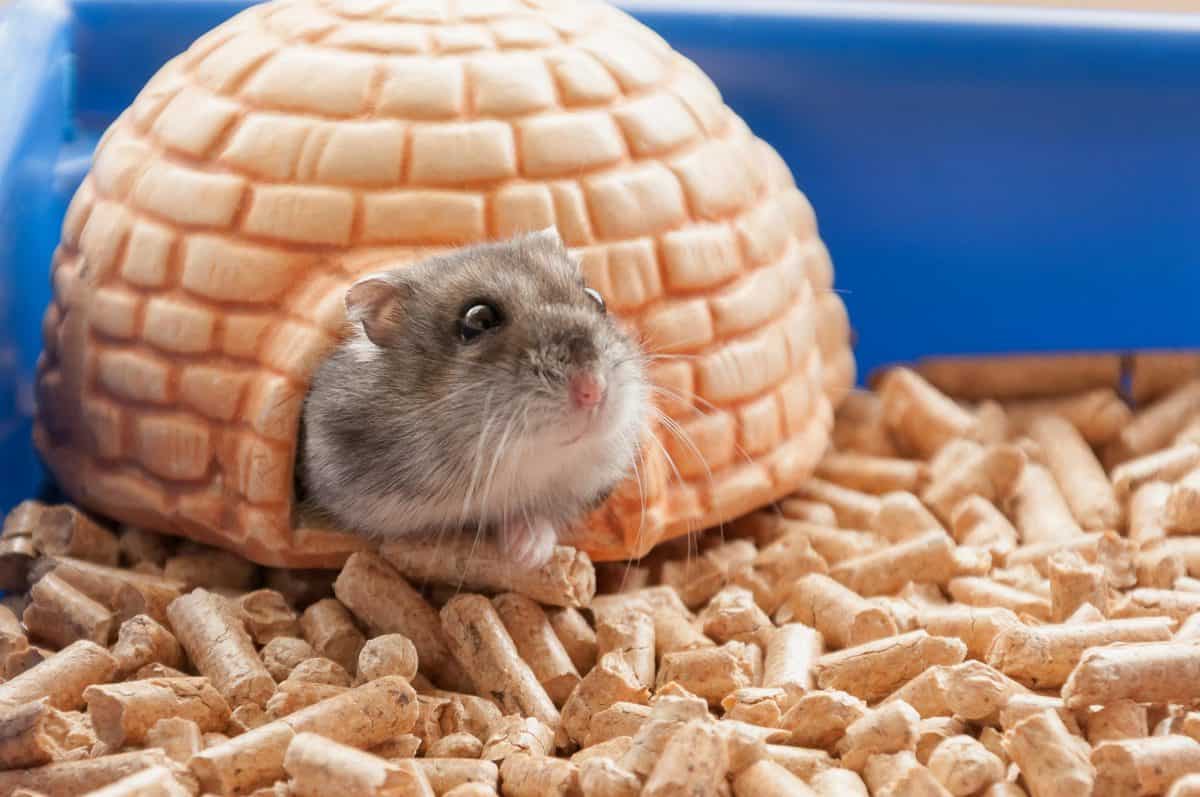
Paper pellets are a great option for supplementary bedding. You should use a paper-based or aspen bedding underneath your pellets. These pellets are highly absorbable and create comfort for your pet. The softness of paper pellets makes it difficult for your hamster to burrow, making the base layer essential.
You can find paper pellets here on Amazon.
Commercial paper pellets are typically made out of recycled paper, making it an environmentally friendly product.
Toilet Paper
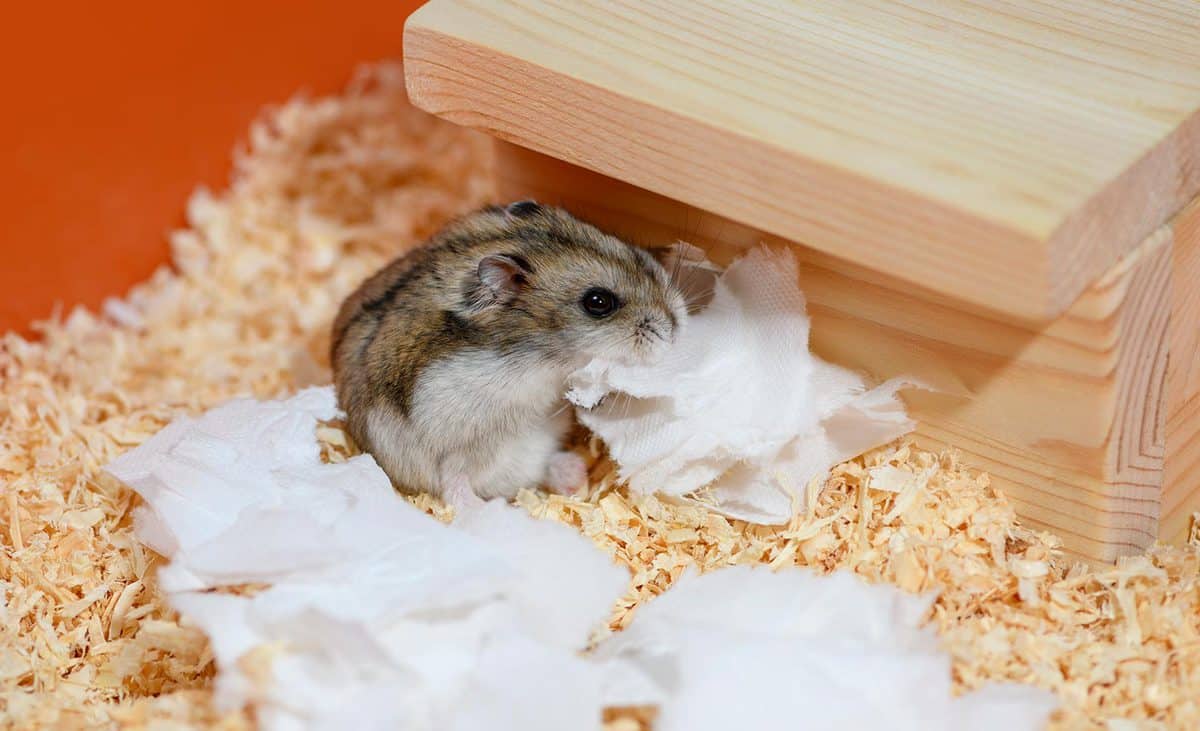
Toilet paper is a cheap and readily available option for bedding. Keep in mind that the absorbency of this paper will not live up to commercially bought bedding. You will have to change out the toilet paper often to keep up with odor control.
This water-soluble material makes it safe for your hamster because, if eaten, it can pass through the digestive system with no issues. You can use the leftover toilet rolls as props or toys in your hamster's cage.
Looking for more hamster toy recommendations? Check out our blog post about 11 Inexpensive Hamster Toys.
Soft Granule Blends
This type of bedding is made up of recycled materials and offers a soft ground for your pet. Like paper pellets, soft granule blends should be used as a top layer or secondary bedding with a sturdy bedding underneath. A soft granule blend is compostable and very safe for your furry friend!
Check out this soft granule blend on Amazon.
Aspen
Aspen is a cheap and safe wood-based bedding. It does not contain any of the toxins that pine and cedar wood do. Always purchase pet-store aspen shavings, never buy aspen from a carpenter or lumberyard. Aspen shavings to be used for pets are treated for insects and mites to ensure the safety of your furry friend.
View this all-natural aspen bedding here on Amazon.
This material is great for burrowing and absorbing waste but does lack the comfort aspect. For maximum comfort, use a soft granule blend or paper pellets with your aspen shavings.
Paper-Based Bedding
Paper-based bedding is the most common material you will come across. This option is highly absorbable and comfortable. While being slightly pricer than aspen wood shavings, paper-based bedding comes in more colorful options. This helps you create an aesthetically pleasing design for your hamster's home.
See this confetti paper-based bedding on Amazon.
This bedding is popular for the look, comfort, absorbability, and odor control. These qualities make paper-based bedding one option that can be used without a secondary substrate.
In Closing
Choosing the right bedding will be the first step in creating a happy, comfortable life for your hamster. Ensure that whatever material you choose, you stick to the recommended amount of bedding to use for maximum comfort and burrowing ability. We hope you found this article helpful!
To see what else belongs in your hamster's cage, check out our post: What Should You Put In A Hamster's Cage? (An Owner's Checklist)








